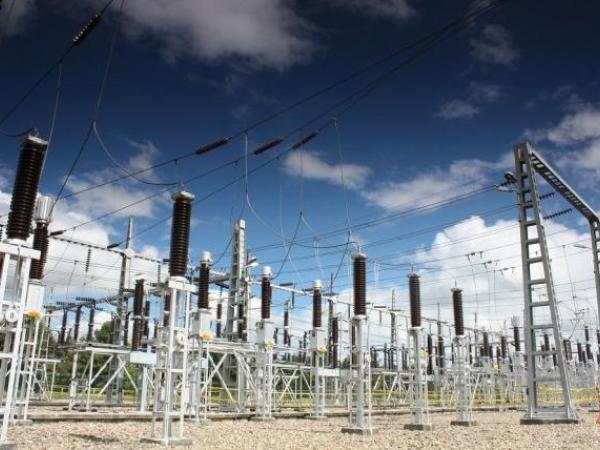Inflation has shown its effects on various items in the family basket. Several concepts have been responsible for an important part of this behavior, for example, food. Nevertheless, energy inflation has risen 10.54% this year and 15.5% in its annual data.
One of the factors that has played the most in this rise in prices is the price of energy, which has had a significant increase this year.
(Read: Oil falls due to the possibility that Iran exports more crude).
According to data from the Superintendence of Public Services, as of July, all companies have had significant increases in your rate. There are several reasons that are driving this dynamic, one of them being the fact that the rate per kilowatt has been frozen for 16 months.
On average, eight companies have had increases of 25% in their rate between August 2021 and July 2022. This is because a year ago, the kilowatt was $624.6 and now, for these same companies, the average is $786.4 (for stratum 4 that pays the full rate without subsidy or surcharge).
Of these, Compañía Energética de Occidente, Air-e and Emcali are the ones that had the highest price as of the seventh month of the year, above $800 per kilowatt (KW), each.
Camilo Sánchez, president of Andesco, a public services union, explained that this is not a local phenomenon, but a global behavior that responds to two issues: the conflict between Ukraine and Russia, as well as the pandemic. “In the world the price of energy has skyrocketed. In Colombia it is thought that it is something rare and no, it is a global phenomenon“, Explain.
It also points out that since the rate was frozen due to the pandemic, once its mobile rate was resumed, increases that were dammed began to be applied.
Another factor that is affecting the price of energy is the indexer of the Consumer Price Index. In other words, to the extent that it increases, some elements associated with the generation, transportation and distribution of electricity will increase. Abel Gallego, energy efficiency manager at Energía de Pereira, points out that of the six components of the final price of the bill, two respond to increases by IPC (generation and marketing), while the other two increase with the IPP. Other components of the final price per kilowatt are restrictions and energy losses.
In the case of the former, this is a cost related to the generation of security, says Sandra Fonseca, president of Asoenergía. To the extent that backup generation increases, so will will the final cost to consumers.
The delay of projects such as Hidroituango and of transmission lines (which delays all the projects that are connected), increases this cost.
In the case of energy losses, this refers to technical losses or theft. According to the levels of each of the companies, this cost can increase, says Gallego.
(Also: After six months of invasion, what awaits Ukraine?).
Sánchez stated that they are currently in talks with the Ministry of Energy to find solutions and that these increases do not generate negative consequences. Among the consequences of high prices is that the delinquent portfolio rises, so they await solutions.
Daniela Morales Soler








